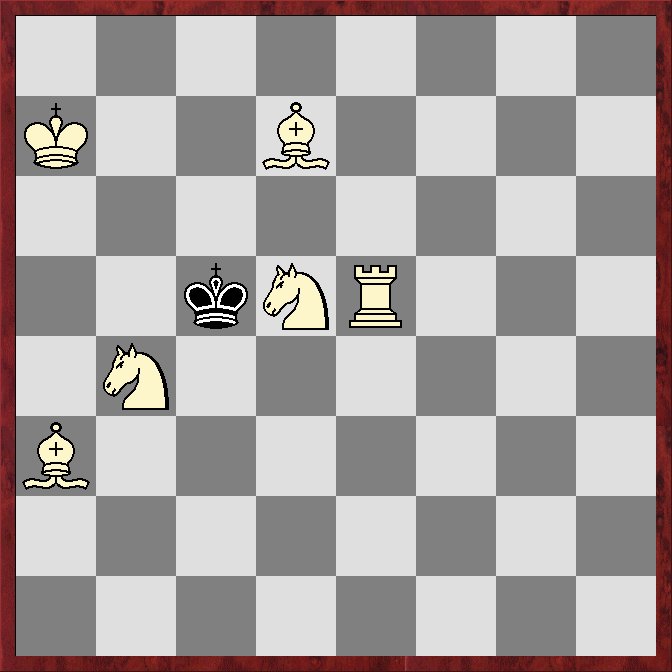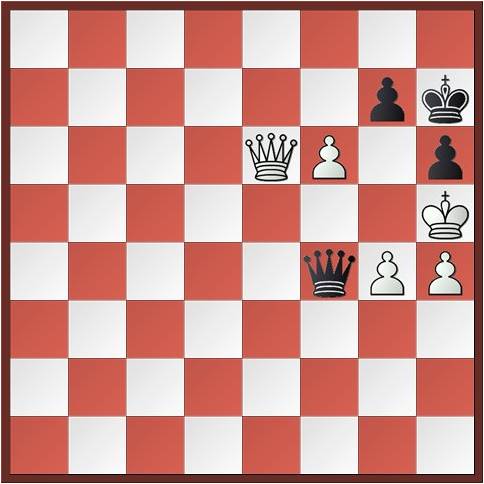Solve 5 Tactics Problems and Win a Prize
We are excited to announce that we are holding a tactics solving contest for a chance to win a free access to 21 Days to Supercharge Your Chess Program. To enter the contest your need to solve all 5 tactics problems and comment with your solutions below. The 2 best solutions (correct notation, all lines analyzed, etc.) will get a free access to the training course.
Here are the 5 problems:
Position #1

White to move and mate in 3
Position #2

White to move and mate in 3
Position #3

White to move and mate in 3
Position #4

White to move and mate in 3
Position #5

White to move and mate in 3
Don’t forget to comment (make sure to use current email address) with your solution in the comment field below and watch this space because you can be the winner!
The solutions will be posted and the winners will be announced on February 22nd, 2015.
***
We have concluded the Contest and the winners are:
First Place: Arjoe Loanzon
We have had a hard time deciding the second prize winner because 3 solvers did almost equally well: Jun S.Gutierrez, Felix Teichert and M. Krutský.
After careful consideration we have decided to grant the prize to:
Second Place: M. Krutský
Thank you, to all participants and winners. For all those who have submitted their solutions and did not win we will give a 25% discount for the course. Expect an email from us shortly!
Team TheChessWorld.com
Official Solutions:











Comments: